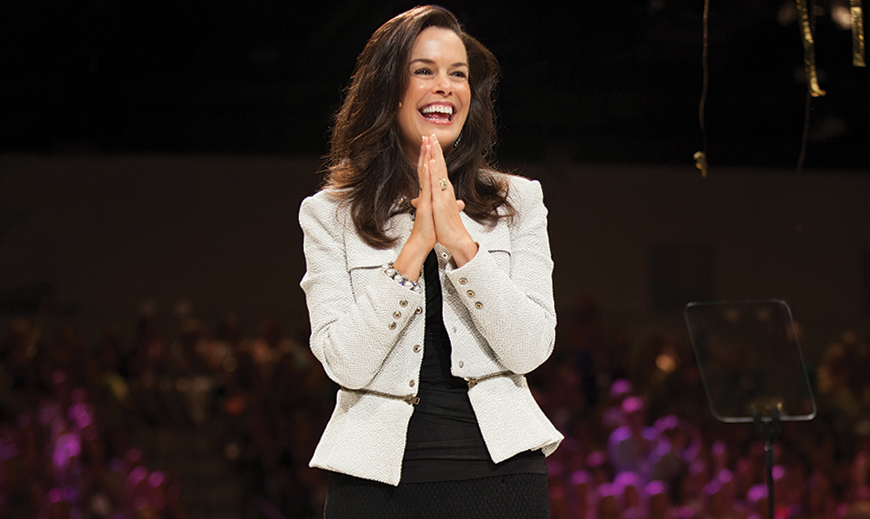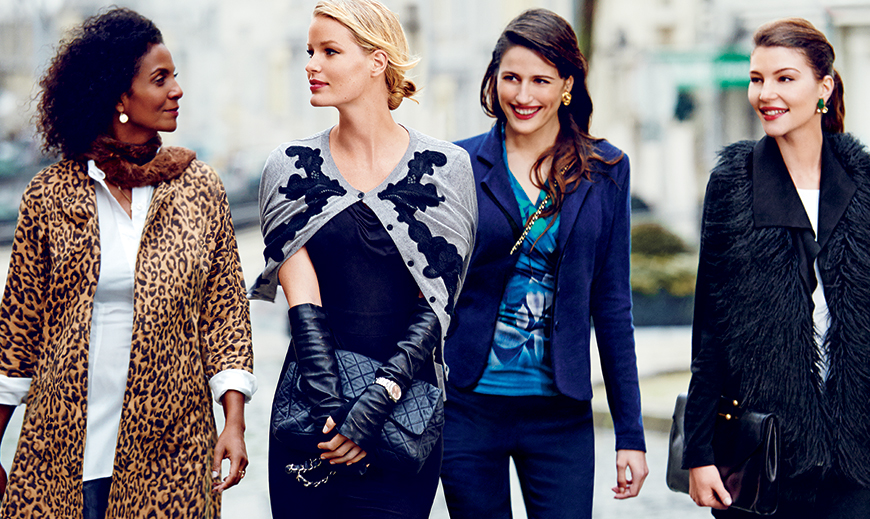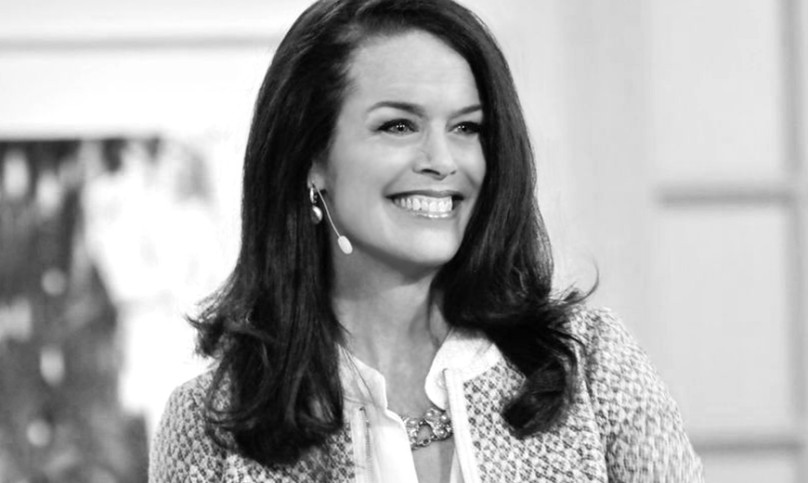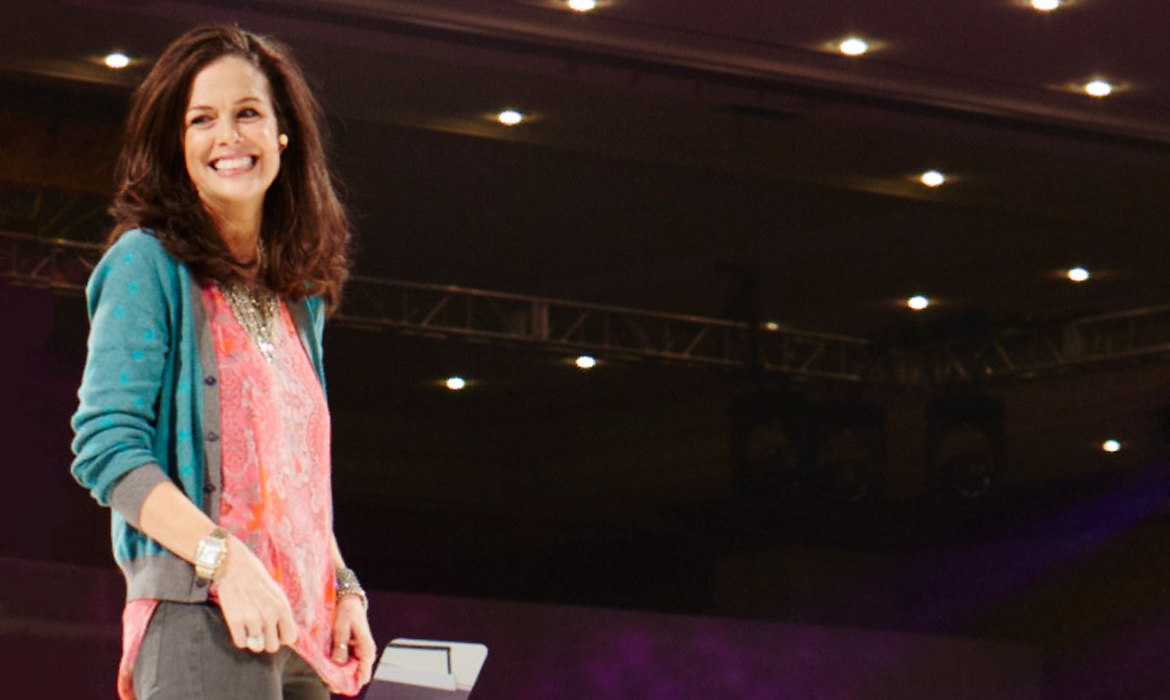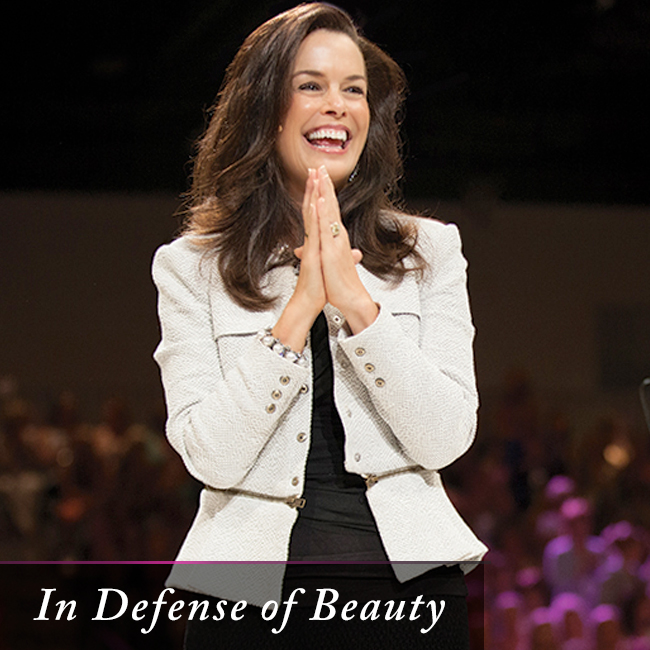Within the heart of a woman rests the question, “Am I beautiful?” How we answer depends entirely on our understanding of beauty and the value it plays in our lives.
Throughout history, if you were to ask the goal of art, poetry, and music, that answer would have been “beauty.” Beauty was seen as a value as important as truth and goodness—because in spite of the pain and suffering of life, beauty was a way to redeem it and show life to be worthwhile.Plato said that beauty gives birth to true virtue, John Keats said that beauty is truth, and truth is beauty, and Oscar Wilde noted that once the human heart has experienced beauty, we hunger deeply for more.
But since the early part of the twentieth century, the westernized world has seen an obliteration of beauty, as it has become twisted and ill-defined. On one end of the spectrum, beauty has been commercialized, fabricated, and photoshopped to a level of unattainable perfectionism. But in a culture that rewards extremes, there is also a movement that rejects the pursuit of beauty and much of art, music, and creative endeavors have now embraced a fad of ugliness as if to suggest that beauty should no longer have a place in our lives.
Both commercialism and the arts have turned their back on beauty as a value, and we are left to wander acutely disappointed, with our heart’s desire unfulfilled. Whether it’s Colbie Caillat’s recent song “Try” that takes on airbrushed beauty with a simplistic message that “you don’t have to try,” or, leveraging the same lyric phrase, John Legend’s new music video “All of Me,” featuring women in turmoil about their appearance, it is evident that we are a culture in anguish over the idea of beauty, unclear of exactly how to respond, but very clear that we are unsettled and missing the mark. Before we take the idea of beauty and send it over a proverbial cliff, let’s be mindful that if we do, we might be sending a portion of our hearts with it.
French philosopher Simone Weil, known for her compassion amongst those suffering during both World Wars said, “Beauty and affliction are the only two things that can pierce our hearts.” That’s why we need beauty—because of the affliction in the world around us, as ultimately, in the words of Thomas Aquinas, “Beauty goes beyond pleasure and leads us to feelings of love and it’s love that transforms us and the world around us.”
Seeing beauty does something to us at a very instinctual level. Beauty, like curiosity, is a motivational force beyond our power to control the response. When we see beauty in the natural world, it arrests our hearts. It has a softening effect that gives us perspective, clarity, and motivation to be a living reflection of that beauty. When we value beauty, not as something to be manufactured, but as something to be lived, then we are able to take it in, celebrate it, and pass it on in a meaningful way.
But this means we must make a clear decision whether our heart will follow the path of perfection, protection, and selfish expression which rejects beauty, or if we will follow the path of wholeheartedness and vulnerability, through engaging—lovingly and vulnerably—with the hearts and lives of others, thus yielding transformation that unveils the beauty we all seek.
Beauty is not frivolous. Fyodor Dostoyevsky believed that beauty will save the world, for without a vision of beauty there is no practical way to change the world—no universal way to communicate, no powerful way for humanity to know what is good and true. We must value and understand beauty in these terms to answer that universal question in our hearts, and when we see it with this clarity, we will live it confidently—accepting, delighting in, and reflecting beauty.
Do you find yourself caught up in the “rejection” of beauty or on the path to try and embrace it? If so, how? What actions might you take yourself (or encourage a friend to take) in order to live more fully in your true beauty?
